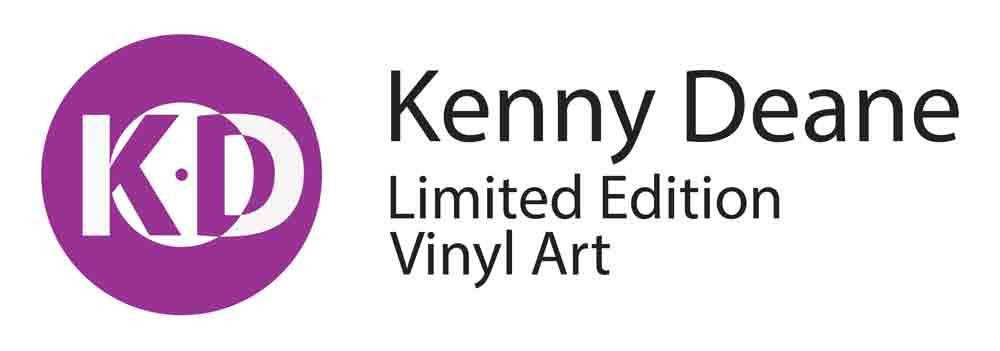Description
Additional information about this, Billy Ocean vinyl art.
Billy Ocean – The Artist/s
Leslie Sebastian Charles, MBE (January 1950) better known by his stage name Billy Ocean, is a British recording artist who had a string of R&B international pop hits in the 1970s and 1980s. He was the most popular British R&B singer-songwriter of the early to mid-1980s. After scoring his first four UK top 20 singles including two No. 2 hits in 1976 and 1977, seven years passed before he accumulated a series of transatlantic successes, including three US number ones. His 1985 hit “When the Going Gets Tough, the Tough Get Going” reached No. 1 in the UK and No. 2 in the US. In 1985, Ocean won the Grammy Award for Best Male R&B Vocal Performance for his worldwide hit “Caribbean Queen (No More Love on the Run)” and in 1987 was nominated for the Brit Award for Best British Male Artist. His 1988 hit “Get Outta My Dreams, Get into My Car” reached No. 1 in the US and No. 3 in the UK. His 1986 hit “There’ll Be Sad Songs (To Make You Cry)” also reached No. 1 in the US. In 2000.
Red Light Spells Danger – The Song
“Red Light Spells Danger” (Also Known as Red Light) is a soul song by Billy Ocean. It was a single only release from 1977 and does not appear on any studio album other than greatest hits compilations.
The Traffic Light – The Shape
This record has been modelled into a Traffic Light. Traffic lights, traffic signals, or stoplights – known also as robots in South Africa are signalling devices positioned at road intersections, pedestrian crossings, and other locations in order to control flows of traffic. Traffic lights consist normally of three signals, transmitting meaningful information to drivers and riders through colours and symbols including arrows and bicycles. The regular traffic light colours are red, amber (also known as yellow), and green arranged vertically or horizontally in that order. Although this is internationally standardised, variations exist on national and local scales as to traffic light sequences and laws. The method was first introduced in December 1868 on Parliament Square in London to reduce the need for police officers to control traffic.[6] Since then, electricity and computerised control has advanced traffic light technology and increased intersection capacity. The system is also used for other purposes, for example, to control pedestrian movements, variable lane control (such as tidal flow systems or smart motorways), and railway level crossings.
Need Help? Contact Us









David B. (verified owner) –
Great first Xmas present off the list